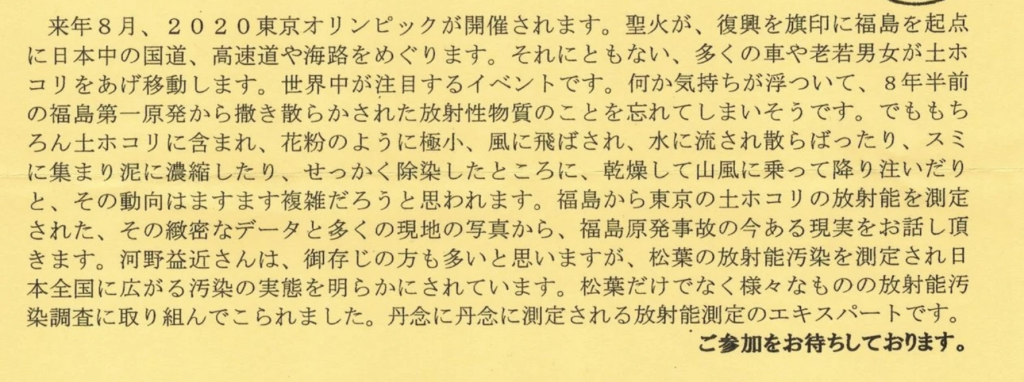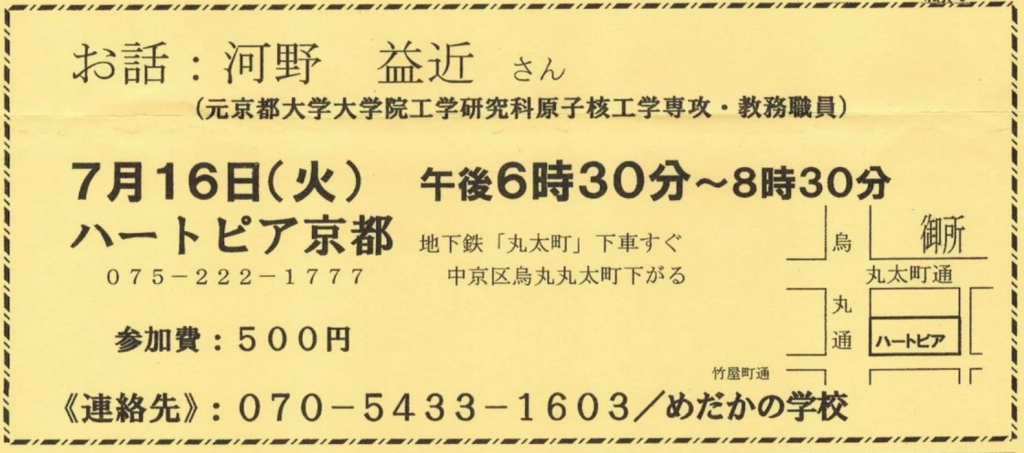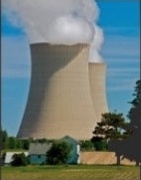By SUSANNE RUST
JUL 15, 2019 | 12:00 PMThink of the most radioactive landscapes on the planet and the names Chernobyl and Fukushima may come to mind.
Yet research published Monday suggests that parts of the Marshall Islands in the central Pacific, where the United States conducted 67 nuclear tests during the Cold War, should be added to the list.
In a peer-reviewed study, Columbia University researchers report that soil on four isles of the Marshall Islands contains concentrations of nuclear isotopes that greatly exceed those found near the Chernobyl and Fukushima nuclear power plants. On one isle, those levels are reported to be 1,000 times higher.
[…]
Researchers found concentrations of plutonium-238 on Naen, raising the possibility that the island was used as an unreported dumping ground. Plutonium-238 is a radioisotope associated with nuclear waste and not generally with fallout, said Ivana Nikolic Hughes, a co-author of the research and an associate professor of chemistry at Columbia.
The only other place the team detected this isotope was at Runit, where the United States entombed nuclear waste from bomb testing under a leaking concrete dome.
“We can’t say for sure that [dumping on Naen] is what happened,” said Nikolic Hughes, who directs Columbia’s K=1 Project — a multidisciplinary program dedicated to educating the public about nuclear technology. “But people should not be living on Rongelap until this is addressed.”
[…]
Some researchers have declared Rongelap safe for re-habitation. But the Columbia study suggests that, for now, people not return to Rongelap or Bikini atolls, where Naen and Bikini are located, until certain areas have been more thoroughly cleaned. More than 600 people have already returned to parts of Enewetak atoll — where Runit and Enjebi are located.
“We are concerned about what is being consumed on Naen and at what level,” said James Matayoshi, the mayor of Rongelap Atoll. He said he didn’t like the idea of people collecting food from Naen and the islands near it, because he doesn’t know what kind of risk that poses for his constituents’ health.
[…]
For years the U.S. government, with technological help from the Department of Energy’s Lawrence Livermore National Laboratory, has worked to reduce radiation on Rongelap Island — removing soil from around the village and applying potassium to areas where food is grown, which works to prevent plants from taking up radiation.
People can be exposed to radiation by inhaling dust or drinking contaminated water, but studies have found that food is the primary way Marshall Islanders are exposed to radiation — even if background and soil radiation are relatively low.
In 1992, the United States and the Republic of the Marshall Islands entered into a memorandum of understanding that stipulated Rongelap Atoll, which was evacuated in 1954 and again in 1985, could only be resettled when radiation exposure levels — all sources of exposure — fell below 100 millirem per year. That standard, noted Nikolic Hughes, is much less stringent than standards in the United States — where the EPA established a limit of 15 millirem per year for the general population living near the proposed Yucca Mountain nuclear waste repository, for the first 10,000 years.
[…]The comparisons in the studies being released Monday — including findings that plutonium levels in parts of the Marshall Islands are 15 to 1,000 times higher to those sampled near the Chernobyl and Fukushima power plants — are sure to raise eyebrows.
But the study’s authors note there’s one big difference between the Marshall Islands and other high-profile contaminated sites. At Chernobyl and Fukushima, there are active government efforts to keep people away from the contaminated reactors, whereas islands such as Bikini and Naen are easily accessible by the Marshallese, who traditionally have boated from island to island to collect fruits and other food.
“The Marshallese people deserve an independent assessment from experts on the safety of their islands, starting from collecting raw data all the way to the final analysis and conclusions,” said Hughes, lamenting that even his work could be seen as suspect by Marshall Islanders.
“It would be ideal,” he said, “if there were no U.S. citizens doing this independent study.”Reporting for this article was funded in part by the Investigative Reporting Resource at the Columbia Journalism School.
Read more at Radiation in parts of the Marshall Islands is far higher than Chernobyl, study says







